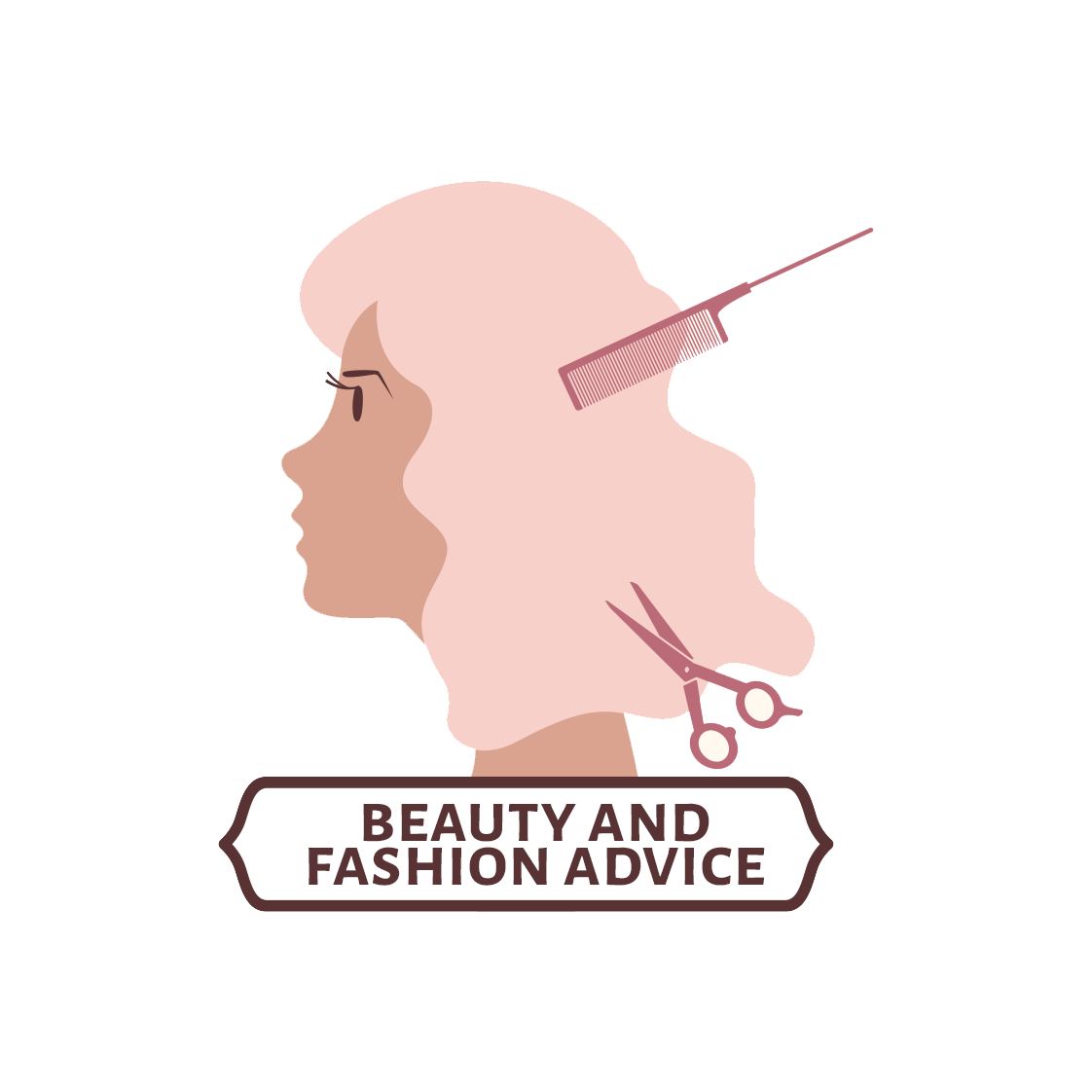“It felt really right to do something fundamentally about love and strength,” said Phoebe English. “And the sort of sanctuary we can find when things are very dark and externally frightening.” In her last collection, the heart motif cropped up in the form of an almost-Victorian chocolate-boxy padded tie-on breastplate. This time, it multiplied all over; with tiers of hearts, latticed and suspended on tapes, forming whole garments. A romantic touch which is readable in more than one way.
On the emotional front, her outpouring of hearts is connected to the fact that she had a baby daughter this summer—her second. On the technical one: much of the collection is refashioned from leftover silks which English takes off the hands of local bridal businesses in London. Every last scrap, no matter how small, is put to use by English as part of her zero-waste practice. And anyway, Phoebe English is quietly building up her own wedding business. “Yes, we’ve made some people’s wedding dresses, and we’d like to do more,” she smiled.
Treating existing textiles as precious resources is only one aspect of English’s holistic non-planet-extractive methodology. Transforming ‘waste’ into beautiful things is often down to inventive techniques, like the garments she constructs mathematically from rectangles. The result is half-collaged and almost origami-like, with seams left breezily half-open. You might be surprised to learn that they’re made from hotel bed linens. The minimal stitching, meanwhile, is an aesthetic derived from figuring out how to use the least amount of thread possible, and therefore also the least amount of sewing machine electricity.
Those who go to Phoebe English clearly follow her enlightening and excellently-communicated ways of converting troublesome things into uplifting solutions. That goes for the soft yellow-to-gold shades in this collection—which were dyed from Ragwort. “It’s a weed that grows on the margins of fields. It’s just removed or sprayed by farmers because it’s toxic to horses and livestock; but it’s a really good dye plant.” Instead, English worked with a farm in Warwickshire which hand-pulled trucks of the stuff, which she then processed into a vat of dye. Her spectrum of color—intense to pale—came from dunking the fabrics in the vat, down to the last diluted drop.
Nothing in her lovingly hand-crafted world goes to waste.















